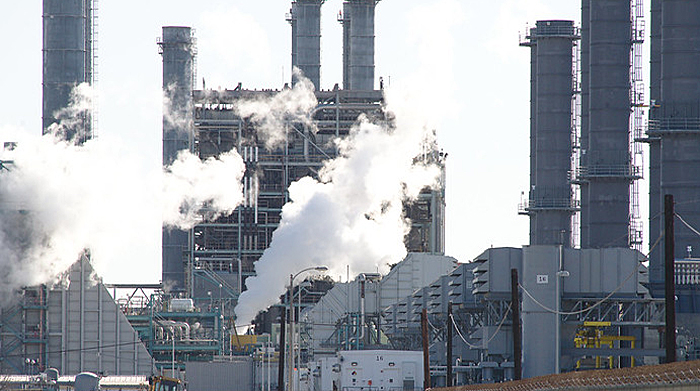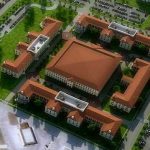Gas-Electric Working Group Formed to Develop Reliability Solutions

Image courtesy of Jon Sullivan under Attribution-NonCommercial 2.0 Generic License, resized to 700 x 391 pixels.
A new gas-electric working group, called the Gas-Electric Alignment for Reliability (GEAR), has been launched by the National Association of Regulatory Utility Commissioners (NARUC) to help improve the integration of the electric and gas industries in an effort to boost reliability across both systems. The 15-month initiative comes at a critical juncture, because many power generators are more dependent than ever on the gas industry to fuel gas-fired generation.
Objectives of the Gas-Electric Working Group
One of the key objectives of the gas-electric working group is to align the gas and electric infrastructures and markets to improve reliability. Currently, the gas infrastructure is largely geared toward providing gas for home heating and industrial processes, so it doesn’t always meet the needs of the electric utilities that need fuel for gas-fired plants. This was evident during the recent Winter Storm Elliott and Winter Storm Uri in Texas.
GEAR, which is comprised of state regulators and stakeholders from both sectors, will ultimately make recommendations designed to benefit both industries. Specific representatives of the group include government and regulatory officials as well as those from a gas utility, electric utility, independent system operator (ISO), intrastate pipeline, producer, and gas processor.
The group plans on providing an update at the 2024 NARUC Annual Meeting and Education Conference, and then present its final recommendations at the 2025 Winter Policy Summit.
Overall, I love this concept, and it’s an effort that seems long overdue. We’ve known for decades that the gas and electric markets are somewhat out of synch with each other, but nothing material has really ever been done to address the issue. It took doing detailed postmortems on the 2 recent Texas winter storms before serious attention was given to this situation. At least now, the discussion can begin.
I’m definitely looking to hearing the recommendations of this critical gas-electric working group in 2025!



